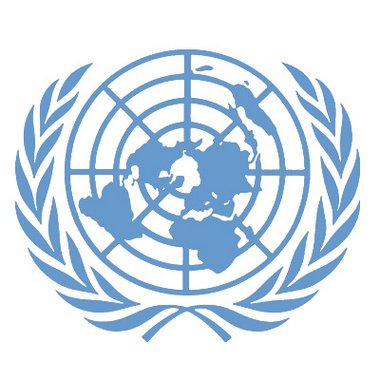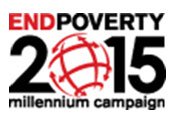MY World
What is it that people most want in life? The answers are to be found in the United Nations MY World survey, brainchild of Claire Melamed, Head of ODI’s Growth, Poverty and Inequality Programme, and Paul Ladd, Senior Advisor and Head of Post-2015 at UNDP. MY World is a global survey for citizens which aims to capture people's voices, priorities and views, so that global leaders can be informed as they begin the process of defining the new development agenda for the world.
The survey is now a core part of the UN post-2015 process. More than 1 million people in 194 countries have participated so far, making this one of the biggest surveys ever carried out. It is the first survey to feed into a political process on this scale, and the results have informed every meeting of the High-Level Panel on the post-2015 agenda, will be fed into the meetings of the UN’s Open Working Group on new goals, and are being used by civil-society groups, researchers, and politicians as they try to understand what people want from a new agenda.
People of all ages, genders and nationalities list ‘an honest and responsive government’ among their top three priorities. People clearly want their politicians to do better, and any new agreement must hold governments to account. The other two priorities that regularly top the list are ‘a good education’ and ‘better healthcare’ – a timely reminder that, while the post-2015 conversation focuses on the new, people still care about the basics.
The MY World results provide solid information on what people actually expect from their leaders. It is not about who shouts the loudest; it’s about what people, in their hundreds of thousands, vote for. So, when governments sit down to hammer out a new development framework, they can’t say they don’t know what people want – MY World is telling them.
MY World will continue gathering people’s voices up to 2015, and we want as many people in as many countries as possible to be involved: citizens of all ages, genders and backgrounds, and particularly the world’s poor and marginalised communities. The results will continue to be shared with the Secretary-General and global leaders as they prepare the next development agenda in the run up to 2015.
Have your say by visiting: http://www.myworld2015.org/, and have a go at analysing the MY World data yourself.
Staff
-
Claire Melamed
Managing Director
Partners
- World Wide Web Foundation


